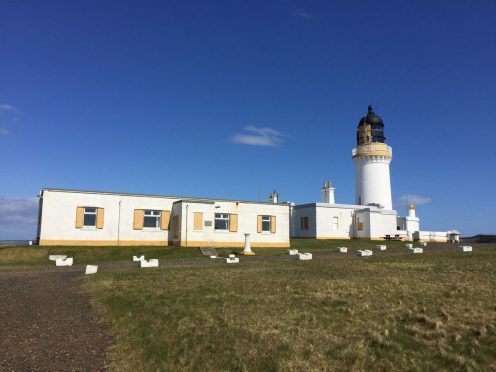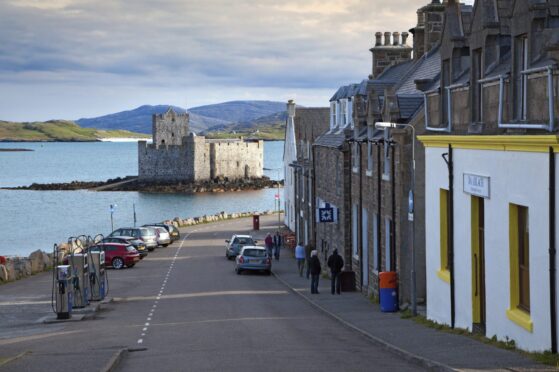Plans to refurbish a landmark north lighthouse built by the uncle of author Robert Louis Stevenson have been unveiled.
Noss Head Lighthouse near Wick was built in 1849 by engineer Alan Stevenson, one of the famous “lighthouse Stevensons.” He was responsible for creating more than a dozen such structures around Scotland.
The Northern Lighthouse Board (NLB), which owns the category A-listed lighthouse tower and quarterdeck, has applied for listed building consent to clear asbestos from the building and upgrade the aid to navigation lighting in the tower.
Proposed works involve replacing the obsolete sealed beam optic lamp and electrical system with an updated system and LED optic technology.
The Northern Lighthouse Board owned tower and quarterdeck building is also to be totally refurbished and repainted.
Existing collimating screens, which channel light, are to be taken down and removed from the site and new security gates will be installed above the existing entrance doors and quarterback compartments, and new safety gates will be installed at lightroom and watchroom levels.
The lighthouse has not been modified since it was automated in 1987 and the original Fresnel lens is now at a museum in Wick.
Part of a family of lighthouse engineers, Alan Stevenson designed the lighthouse which was the first to have a diagonally paned lantern room.
It is said that, were it not for Robert Louis Stevenson’s disliking of his time spent as an apprentice engineer working with his father and uncle on various north lighthouses, he would not have turned to writing.
The lighthouse is set behind a dry stone wall within its own grounds encompassing 13 hectares and forms an impressive cliff-top promontory, flanked to the south by the striking remains of Castle Sinclair Girnigoe.
The Lighthouse Keeper’s Cottage is a category A listed building constructed in the Egyptian style and painted in the traditional white with ochre trim and is the beautiful epitome of Stevenson lighthouse engineering. The application for listed building consent was validated by Highland Council on April 11.










